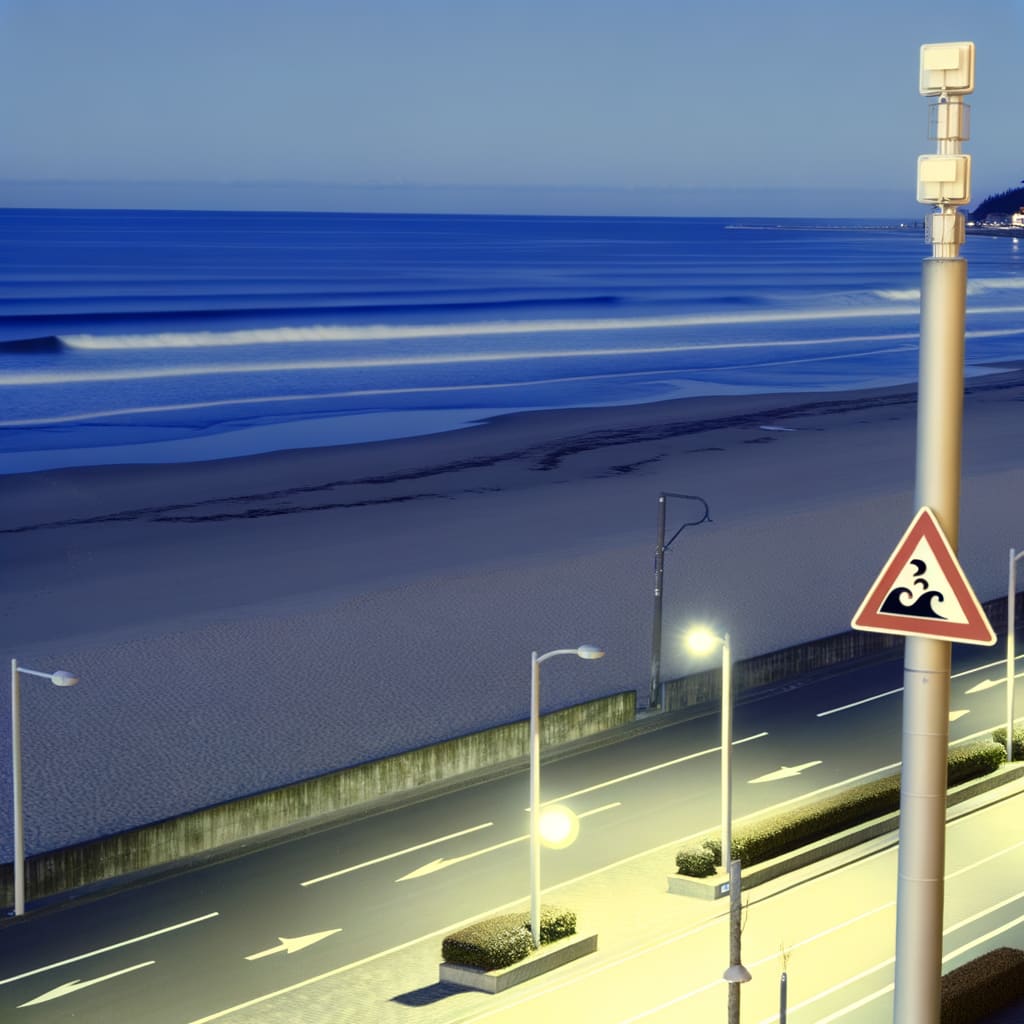Powerful 8.8 Magnitude Earthquake Triggers Tsunamis, Widespread Alerts Across the Pacific
A powerful earthquake, recorded at a magnitude of 8.8, struck off the coast of Russia's far-eastern Kamchatka Peninsula on Wednesday, triggering tsunami alerts not only in Russia and Japan but across the Pacific Ocean, in regions including Hawaii, Alaska, Guam, and various Latin American countries. The tremor is said to be the strongest earthquake in the region since 1952, and among the ten strongest ever recorded.
Background and Context
The quake was registered around 11:30am local time, approximately 136 kilometers southeast of Petropavlovsk-Kamchatsky, according to the Geophysical Service of the Russian Academy of Sciences. The U.S. Geological Survey (USGS) also confirmed the seismic event, reporting the earthquake's depth at 74 kilometers.
The Kamchatka Peninsula, previously struck by an earthquake in July, was the most threatened by the latest seismic activity. The region is now on high alert, with the Russian emergency agency declaring an absolute tsunami alert on the coast of Avacha Bay
.
Key Developments
Following the earthquake, the Pacific Tsunami Warning Center issued a Tsunami Watch for the entire state of Hawaii, and advisories were put into effect for Alaska's Aleutian Islands. Tsunami warnings were also issued for Japan, Guam, and other coastal areas of Russia's Far East.
Tsunami waves have already reached the shoreline of Severo-Kurilsk, a town in the northern Kuril Islands, and waves measuring around 30 centimeters were observed along the coastline of Hokkaido in northern Japan. The Japanese Meteorological Agency warned that waves up to 1 meter are possible along a long stretch of Japan's Pacific coast.
In the U.S, the state of Hawaii declared an emergency, with Governor Josh Green urging people in coastal areas to seek higher ground as destructive waves were expected to reach the state within hours. Sirens blared in Honolulu as the city's emergency management department issued evacuation orders for some coastal areas.
The earthquake and subsequent tsunami alerts have also put nations located on both sides of the Pacific Ocean on alert, including Canada, the United States, and several Latin American countries.
Implications and Reactions
The quake's magnitude and widespread impact have drawn global attention, with the tremor being the most powerful since the 2011 earthquake off the coast of Japan that triggered a 50-foot tsunami and the nuclear disaster at Fukushima.
The tsunami alerts have led to the evacuation of coastal populations and workers at various locations, including Fukushima. No significant damage has been reported so far, but the situation continues to evolve.
Current Status
As of now, alerts and warnings remain in effect in many areas, with local authorities and international agencies closely monitoring the situation. Residents in affected areas are being urged to stay vigilant and follow the instructions of local disaster management officials.

